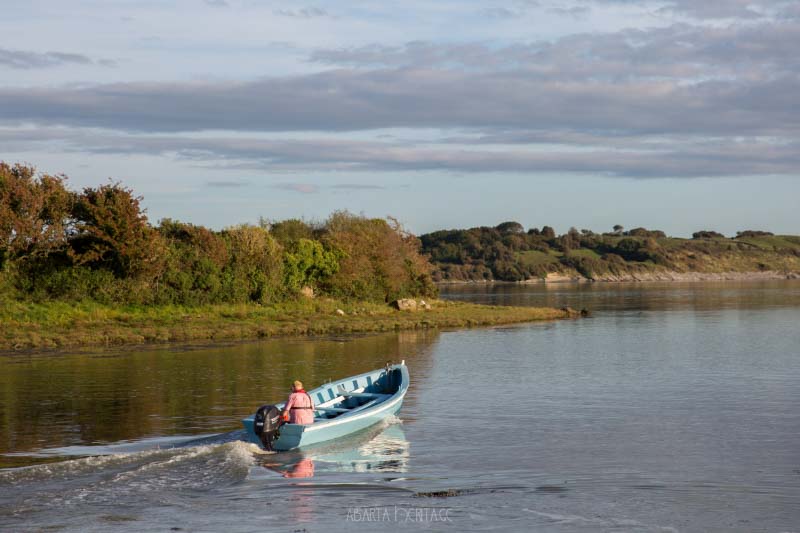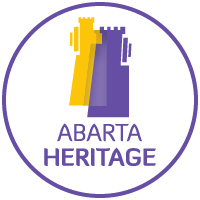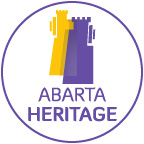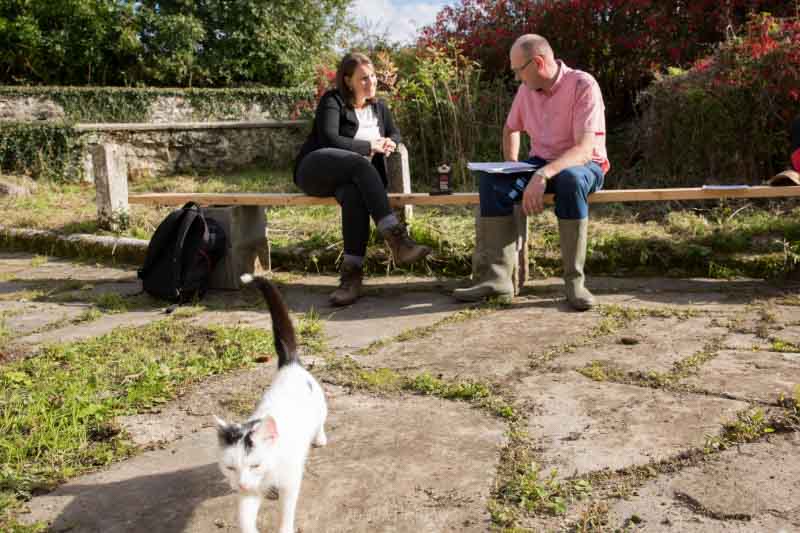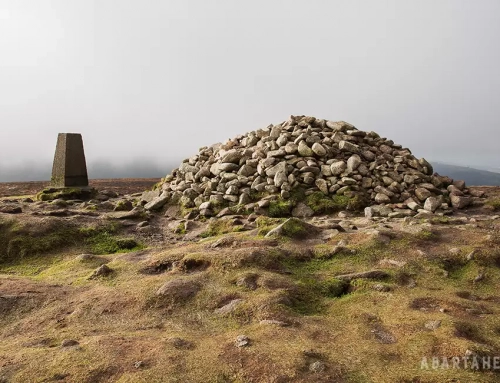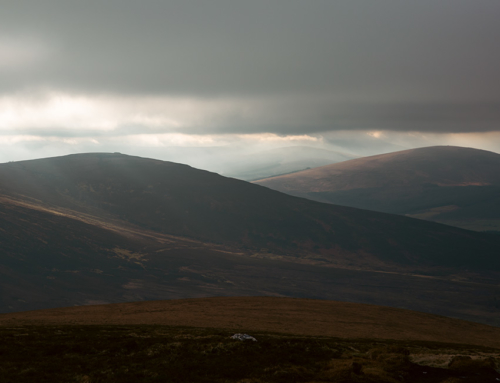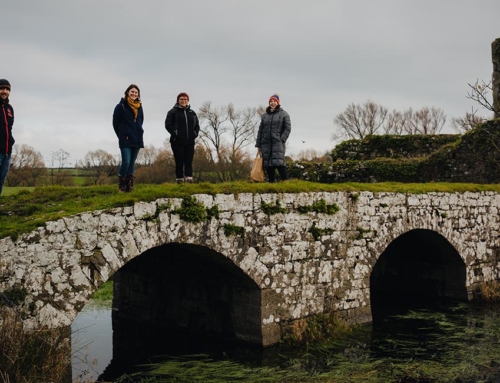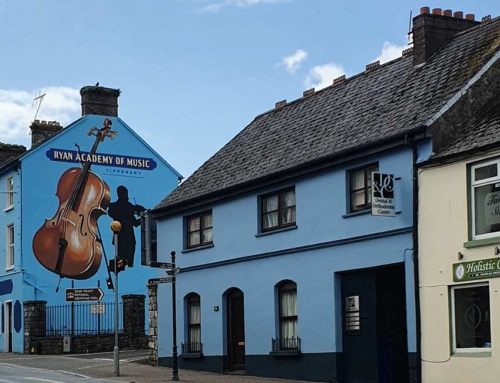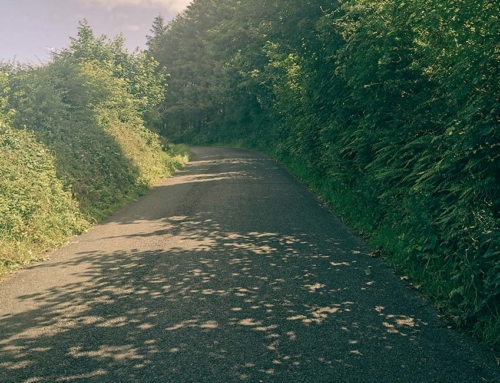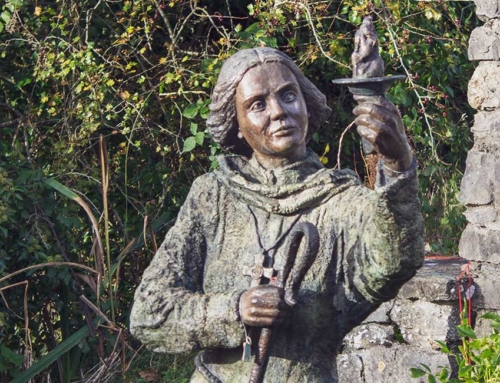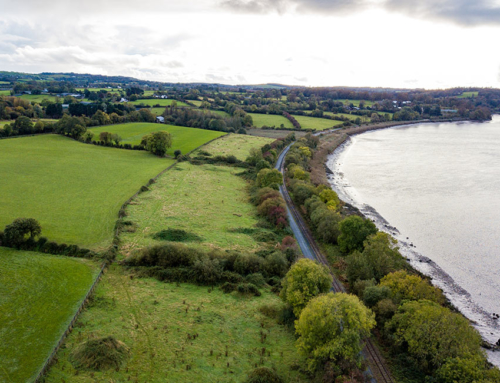Horse Island stories
Work on the Shannon Estuary Way Recording Project is reaching the final stages. It has been such a privilege to meet the local communities. It has been wonderful to hear their stories and to see some of the incredible history and archaeology in the area. One of the highlights of the project came in mid-September, when we were fortunate to have the opportunity to take a trip to Horse Island, a small, uninhabited island in the Shannon Estuary. The island, also known as Inishmacowney, [Inis Mhic Uaithne], lies just off the coast from Kildysart.
We were blessed with perfect weather, and doubly blessed to be in the company of Fintan Ginnane who took us across in his boat. Fintan grew up on Horse Island, and his family were one of the last to leave, when the islanders finally departed the island to make new lives on the mainland in the mid-1970s.
An Island Community
Horse Island may measure less than a square kilometre, but 142 people lived there when a census was taken in 1841. The census that followed the harrowing years of the Famine showed the toll taken by emigration and hardship. The island’s population had fallen to 91 people. However it was the lack of opportunities and investment in the twentieth century that led to the island’s abandonment. By the 1951 Census only 22 people lived on the island. The last families left in 1976, with no school teacher and little opportunities, daily life had become too difficult.
As part of the project, we recorded Fintan who told us of life on the island, and on such a beautiful day it was easy to imagine it as a truly idyllic place. Fintan told us of his family’s sorrow as they left their cottage. But with the help of family and friends, he is bringing life back to his old homestead as he lovingly restores the cottage.
A Tour of Horse Island
Fintan also took us on a fascinating tour of the island, and we were accompanied by a couple of the island’s cats who kept a close eye on us interlopers. The island abounds in history. A ringfort, a farmstead of people who farmed the island over a thousand years ago can still be seen, and a medieval castle is recorded on the island though there is no visible remains beyond an earthwork in one of the lush green fields.
However there is a surprise around almost every corner. I was particularly intrigued by a fragment of a medieval window, complete with a fine sculptural depiction of a high-status lady, that has been recycled into the doorway of an old shed on the island. Where the piece originated from, whether a chapel in the castle or from the nearby ecclesiastical remains on Canon Island, is unknown.
We were also constantly surrounded by the echoes of the community that once lived here. Abandoned houses, a derelict schoolhouse and an old tractor, all gently being reclaimed by nature. Fintan, along with some other islanders, still keeps cattle on the island. The tranquility of the island, and the lush green grass leads to very happy cows.
This trip to Horse Island has been one of the highlights of the year for us. Exploring a hidden place full of stories in good company – what a marvellous day out!
